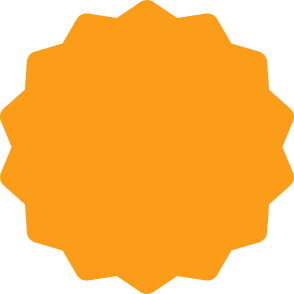What is 3D Puff Embroidery?
3D Puff Embroidery is a technique that creates a raised, three-dimensional effect on fabric using foam beneath the stitching. This adds depth and texture to the design, making logos or patterns pop visually and physically. It's especially popular on caps, jackets, and hats where a bold, eye-catching look is desired.
How is 3D Puff Embroidery Work?
Foam Placement
The process begins by laying a special foam material on top of the fabric where the design will be stitched. This foam serves as the base that raises the embroidery off the surface.
Stitching Over Foam
A dense satin stitch is then sewn over the foam, covering it completely. The tight stitching compresses the foam beneath, which causes the embroidery to puff up and create that distinct raised look.
Foam Removal (Optional)
After stitching, any excess foam around the design is carefully trimmed away, leaving only the foam beneath the stitches to provide volume. This step ensures a clean finish without bulkiness outside the design area.
3D Puff Embroidery vs Regular Embroidery
Visual Impact
- 3D Puff Embroidery: Creates a bold, raised effect that adds volume and texture.
- Regular Embroidery: Flat and smooth, focusing on color and detail without dimension.
Application Suitability
- 3D Puff: Ideal for simple, large designs where impact is important (like logos on hats).
- Regular: Better for intricate, detailed images requiring fine lines and shading.
Durability
- 3D Puff: Foam can compress over time but generally holds shape well with proper care.
- Regular: Less risk of deformation as it lies flat, often more durable for heavy use.
Cost and Complexity
- 3D Puff: Requires additional materials and skill, usually costs more and takes longer.
- Regular: Simpler and faster to produce, often more economical for mass production.
When Should 3D Puff Embroidery be Used?
Use 3D Puff Embroidery when you want your design to pop and make a statement, such as on promotional hats or sportswear logos. It's perfect for simple, bold graphics and text that benefit from added dimension.
Avoid it for very detailed artwork or delicate fabrics where the foam could distort the final look.
How to digitize 3D Puff embroidery designs
Digitizing for 3D Puff requires adjusting the design for raised stitching. Start by simplifying the artwork, focusing on bold outlines.
The digitizer assigns the foam layer under the desired sections and sets stitch types and densities to secure the foam firmly.
Special attention is needed to ensure the stitches aren't too tight, which can crush the foam, or too loose, which can cause shifting. Proper digitizing balances durability with the desired puff effect.
FAQs
What do you need for puff embroidery?
To do puff embroidery, you need foam to create the raised effect, embroidery thread, a machine capable of satin stitching, and digitized designs suited for 3D puff. Proper stabilizers also help.
What kind of design files work with 3D puff?
Design files for 3D puff embroidery should be digitized specifically for the technique, usually in formats like DST or PES, focusing on bold shapes with minimal fine details to cover the foam effectively.
Can you use any font for puff embroidery?
Not all fonts work well. Bold, thick fonts with simple shapes are best for puff embroidery because thin or delicate fonts won't cover the foam properly or may lose clarity.
Is it cheaper to embroider or print?
Printing is often less expensive for large, detailed designs, but embroidery, especially 3D puff, adds texture and durability. Costs depend on quantity, complexity, and materials used.


























